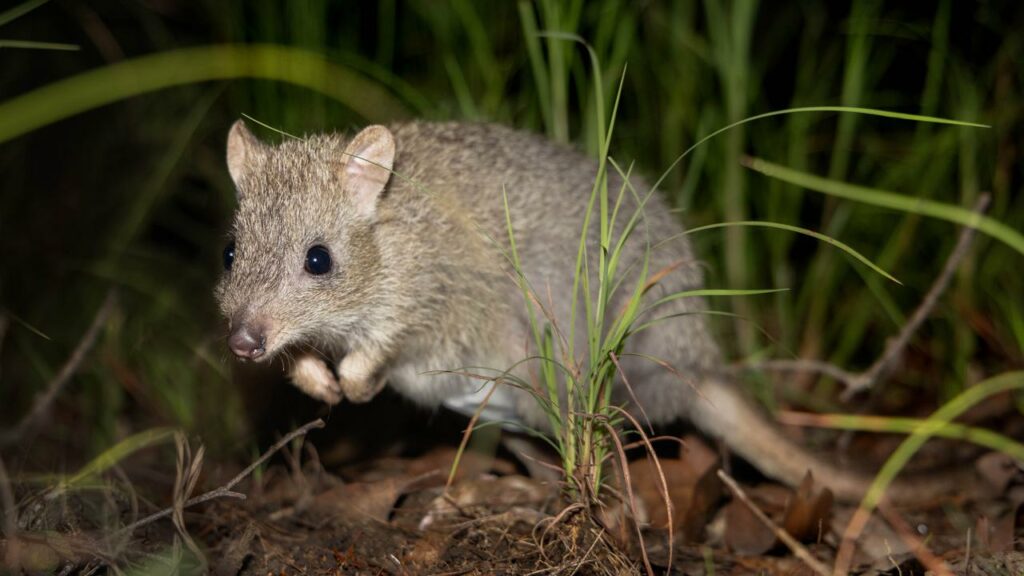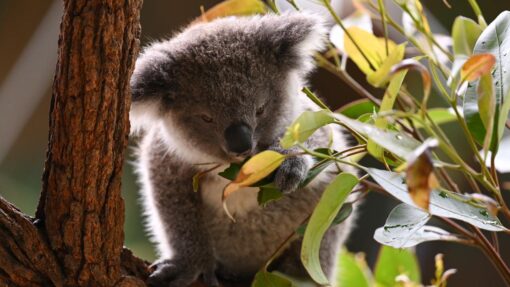Endangered bettongs back home in Qld safe haven
Robyn Wuth |

Northern bettongs, a tiny fussy marsupial threatened by extinction, are coming back to northern Queensland to prosper in a predator-free national park.
The pint-sized macropod from the kangaroo family has been released into the Mount Zero-Taravale Wildlife Sanctuary (Gugu Badhun country) in northeast Queensland – a fenced safe haven free of feral predators, covering 950 hectares.
The northern bettong is a small, lightly-built nocturnal macropod with grey fur and a low black crest on the end of its tail.
Individuals grow to just over 30cm with a tail of 34 cm and an average weight of 1.2kg.
As a fungal specialist, the northern bettong is a fussy eater, heavily reliant on truffles as their primary food source.
At a pinch, they will munch on roots and tubers of grasses, particularly cockatoo grass seeds and invertebrates.
The endangered bettong remains at risk of extinction, with the decline in population driven by the impact of habitat loss and feral cats.
The Australian Wildlife Conservancy released the population of 49 adult and independent sub-adult northern bettongs to Mount Zero-Taravale this week.
Fencing their new home took three months, crossing 30 creek lines and needing to be strong enough to withstand the occasional cyclone and keep out predators.
Once secure, AWC’s operations team conducted six months of intensive trapping to remove feral cats and pigs to make the area safe.
Researchers believe the new population will be a critical step in staving off the extinction of the species.
We know that small mammals like this can flourish when feral cats are removed from the equation,” said Felicity L’Hotellier, AWC Senior Field Ecologist.
“If the population grows at the rate we anticipate, the Mount Zero-Taravale population could approach 500 bettongs within four to five years.
“A population of this size within a secure safe haven not only acts as insurance against extinction of the species but can also provide a source for founders in possible future reintroductions.”
AWC will monitor the translocated individuals using radio transmitters and regular live trapping surveys.
AAP


